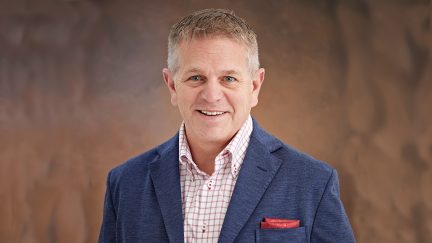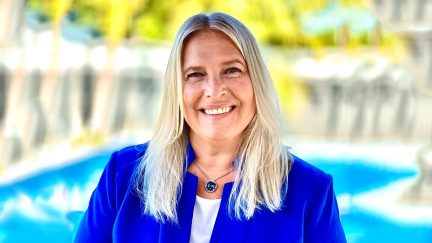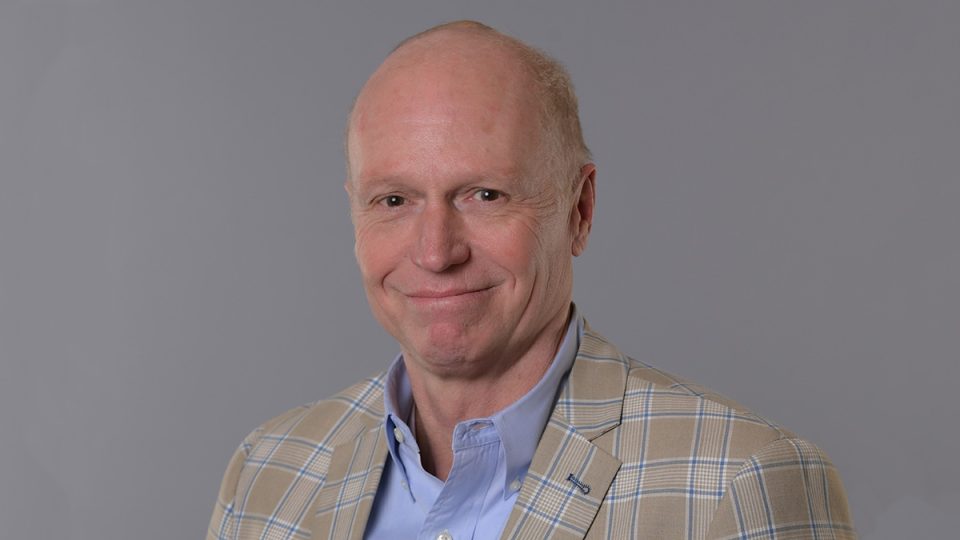Never miss a story — sign up for PLANADVISER newsletters to keep up on the latest retirement plan adviser news.
2025 Top Retirement Plan Adviser: Jon Chambers
Thoughts from Jon Chambers, with SageView Advisory Group.
This year, PLANADVISER followed up with advisers on the 2025 Top Retirement Plan Advisers listing to get to know them better. These are the responses from Jon Chambers of SageView Advisory Group in Seattle, Washington.
PLANADVISER: What does it take to be a successful retirement plan adviser in 2025?
Chambers: Traditionally, a retirement plan adviser’s role focused primarily on investment options. What fund choices offered the right mix of performance, fees, risk and usefulness to participant investment objectives to justify inclusion on a plan’s fund menu? The adviser’s primary role, historically, was to design, manage and update the fund menu over time.
Later, many advisers focused on participant interactions—helping employees decide whether and how much to save in the plan and how to invest those savings. Sometimes, adviser guidance was altruistic; at other times, advisers were mostly interested in building relationships with individuals who would later become wealth management clients.
Today, much more is expected from advisers. We need to be plan design experts, helping sponsors design plans that achieve employee objectives, are competitive relative to peer employers and that have reasonable costs for the sponsor. We need to be compliance experts, solving the problems that inevitably emerge when someone makes a plan operational mistake. We need to be knowledgeable about issues involving privacy and data security. We need expertise with payroll systems and how to integrate data interchanges between the payroll provider and plan recordkeeper. We must understand mass marketing and how to communicate the plan to diverse members of an overall plan population. Knowing investments is still important, but it’s not enough. A good plan adviser needs to be able to help sponsors manage whatever issue might arise with their retirement plan.
PLANADVISER: What are the most challenging aspects of the job? What are the most enjoyable?
Chambers: The most challenging aspect of being a plan adviser is recognizing that no plan is ever perfect—there will always be operational errors; participants who misunderstand or make bad decisions; changing corporate objectives, mergers, acquisitions and spinoffs; and other impediments to plan success, regardless of how well the plan was designed initially. But that’s just part of the job; While it’s not possible to anticipate every possible challenge, a good adviser has the experience to know how to respond to emerging issues and to guide sponsors and participants through the challenges that they will inevitably face.
The most enjoyable part of the job is when a participant is actually able to retire and thanks you for making it possible for them to move from work to retirement with sufficient financial resources to not just survive, but to enjoy a fulfilling retirement.
PLANADVISER: How do you foresee the retirement plan industry evolving in the coming decade? Will your practice look much the same in 10 years, or do you see significant evolution coming?
Chambers: Retirement plans are already far more automated than they were a decade ago, and they are likely to become even more automated over the next 10 years. Automatic enrollment, automatic escalation and asset allocation defaults are already common. In the coming years, they will become ubiquitous.
As plan advisers, we never spent significant time on participant enrollment activities—our recordkeeping partners typically handled that function effectively—so automation hasn’t changed that much for us. But we do focus more on plan design and helping sponsors select appropriate plan defaults. We also focus more on cost control, partly as a litigation defense and partly because lower cost plans generally permit faster asset accumulation.
Looking forward, I don’t anticipate major changes in how we advise plans, but I see our current focus on design and cost control continuing to accelerate. I also anticipate a greater focus on evaluating technological innovations—whether related to recordkeeping capabilities, payroll interface, managed accounts, customized participant communications, implementation of AI or whatever else might be next, as the plan’s adviser, I’m sure sponsors will be looking to us for guidance.
PLANADVISER: For those plan sponsors looking for a new plan adviser, describe what makes your firm stand out.
Chambers: SageView offers comprehensive support to manage a myriad number of issues plan sponsors face at any given time, including: investments, fiduciary governance, compliance, mergers and acquisitions, vendor management, fee benchmarking, plan design and financial wellness program management. The following is a summary of our key differentiators:
- Focus on Retirement Plan Consulting. SageView’s principal business is consulting on retirement plans. SageView is truly independent, with a business model structured to serve the distinct needs of retirement plan committees and plan participants. Below are a few examples of how SageView’s focus on retirement plan consulting benefits plan sponsors and participants:
- Fiduciary training program to enhance ommittee understanding of fiduciary responsibilities;
- Dedicated RFP and plan benchmarking practice team that oversees more than 100 vendor RFPs annually, giving us unique insight into market trends and pricing; and
- Exclusive investment manager relationship pricing, negotiating lower investment fees for our clients than are otherwise available in the marketplace.
- Size, Scale, and Industry Reputation. SageView has grown into one of the most respected firms in the industry, with a distinguished team of consultants, investment advisers and analysts. Our 34 offices nationwide are staffed by seasoned professionals whose expertise drives measurable outcomes. Our scale allows us to secure favorable pricing for our clients.
- Technical Expertise. We collaborate with top policy and legal experts and are often invited to contribute to industry panels and publications on technical, legal, investment and educational matters.
- Commitment to Financial Wellness. SageView’s PersonalSAGE program provides meaningful and personal engagement to employees working with a financial coach to provide independent advice without any proprietary product push branded and offered by the employer as an integrated service under the retirement benefit program.
- Service Team Approach. SageView has comradery and synergy among all offices that are not often found in our industry. Insights and information are shared daily among our professionals. Hiring SageView, in some respects, enlists the collective wisdom and technical experience of our entire firm.
| Click to see the list of 2025 Top Retirement Plan Advisers |
 |
You Might Also Like:

2025 Top Retirement Plan Adviser: William Brian Drake

2025 Top Retirement Plan Adviser: Tina Schackman





